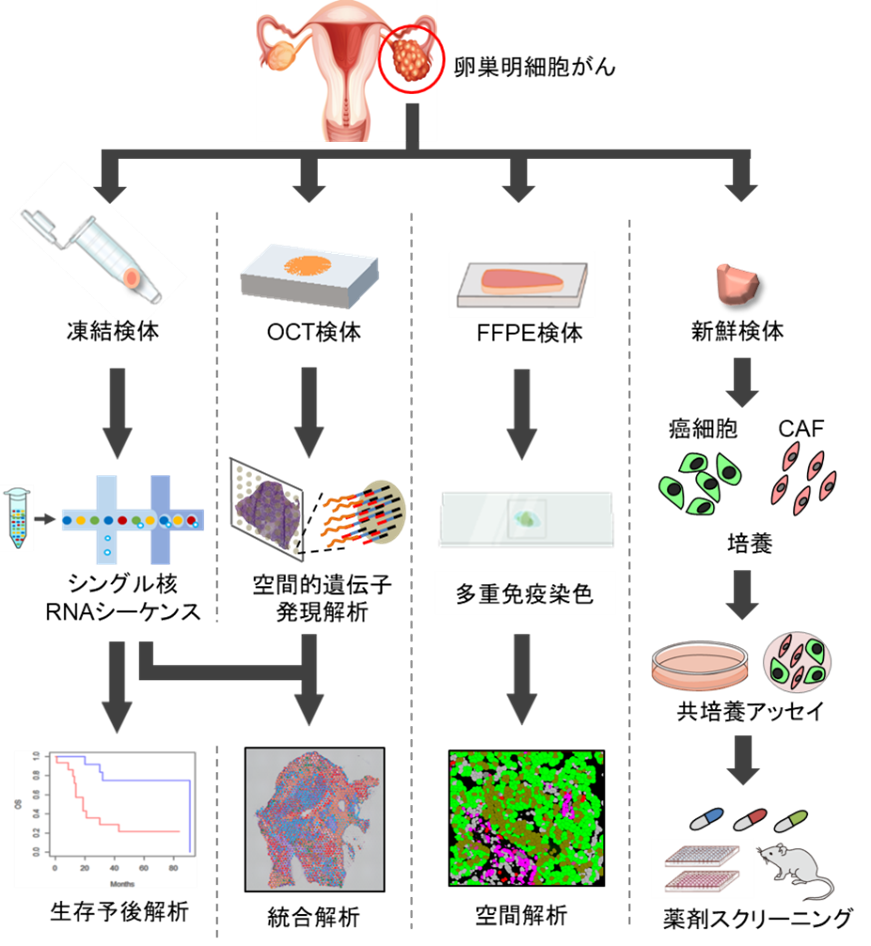2024-04-24 ワシントン大学セントルイス校
<関連情報>
- https://source.wustl.edu/2024/04/imaging-technique-shows-new-details-of-peptide-structures/
- https://pubs.acs.org/doi/10.1021/acsnano.3c11771
βシートペプチド自己集合体のナノスケール構造を1分子配向-局在顕微鏡で解明 Resolving the Nanoscale Structure of β-Sheet Peptide Self-Assemblies Using Single-Molecule Orientation–Localization Microscopy
Weiyan Zhou, Conor L. O’Neill, Tianben Ding, Oumeng Zhang, Jai S. Rudra, and Matthew D. Lew
ACS Nano Published:March 13, 2024
DOI:https://doi.org/10.1021/acsnano.3c11771
Abstract

Synthetic peptides that self-assemble into cross-β fibrils are versatile building blocks for engineered biomaterials due to their modularity and biocompatibility, but their structural and morphological similarities to amyloid species have been a long-standing concern for their translation. Further, their polymorphs are difficult to characterize by using spectroscopic and imaging techniques that rely on ensemble averaging to achieve high resolution. Here, we utilize Nile red (NR), an amyloidophilic fluorogenic probe, and single-molecule orientation–localization microscopy (SMOLM) to characterize fibrils formed by the designed amphipathic enantiomers KFE8L and KFE8D and the pathological amyloid-beta peptide Aβ42. Importantly, NR SMOLM reveals the helical (bilayer) ribbon structure of both KFE8 and Aβ42 and quantifies the precise tilt of the fibrils’ inner and outer backbones in relevant buffer conditions without the need for covalent labeling or sequence mutations. SMOLM also distinguishes polymorphic branched and curved morphologies of KFE8, whose backbones exhibit much more heterogeneity than those of typical straight fibrils. Thus, SMOLM is a powerful tool to interrogate the structural differences and polymorphism between engineered and pathological cross-β-rich fibrils.


